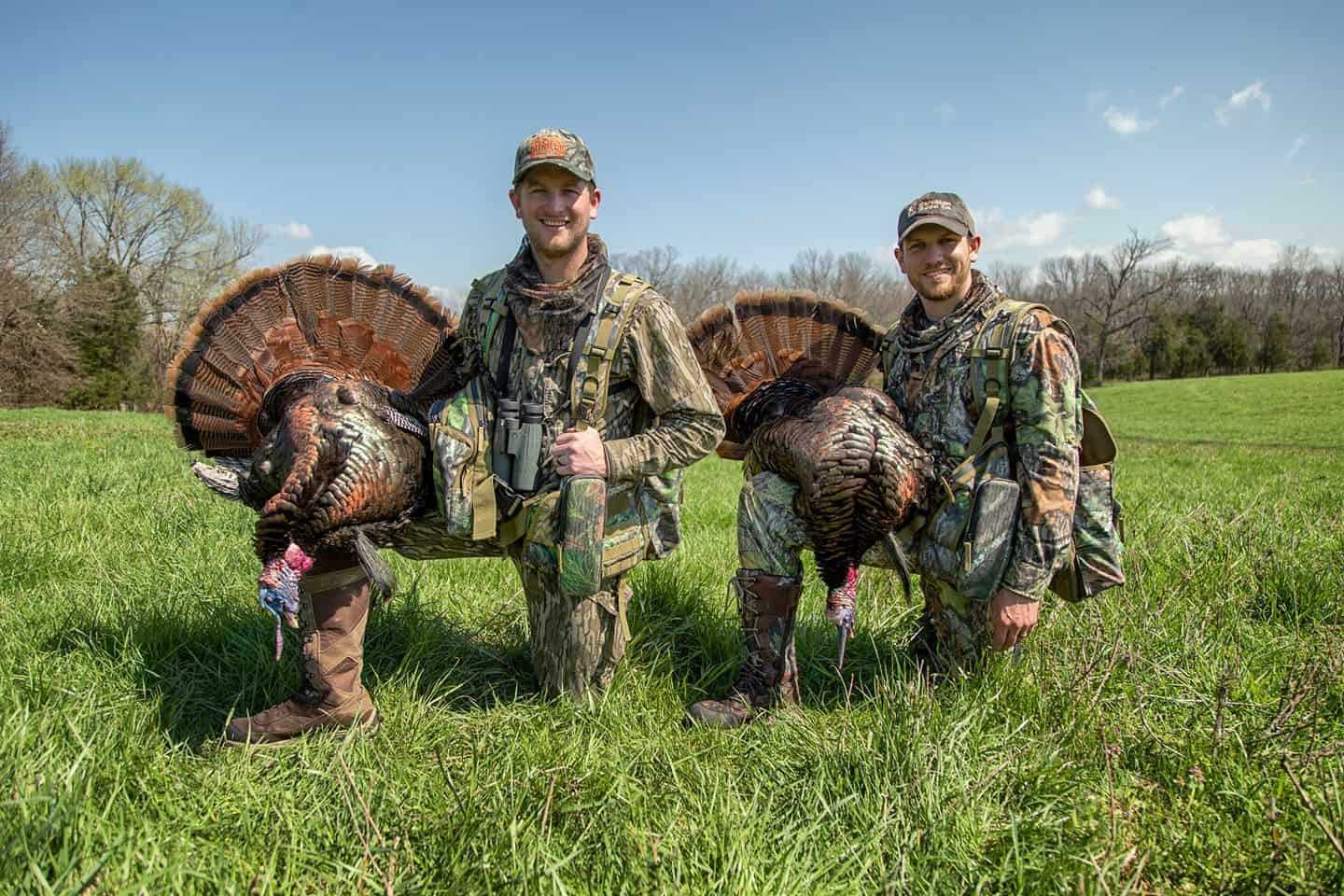As this crazy world we live in continues to evolve, so does conservation. With the continual increase of land values across the country, it is becoming more difficult for landowners to hold larger tracts of land devoted to wildlife and conservation. More and more we are seeing recreational focused properties decrease in size. With the decrease in the average size of land parcels, it is more difficult to have larger blocks or areas where habitat is very segmented. It is common to have pockets or good habitat and other areas where habitat is incredibly poor.
This week we talk with Hunter Pruitt who has recently completed his graduate studies on wildlife management CO-OPS and their impacts on habitat and wildlife. A CO-OP is simply a congregation of several landowners agreeing to work together for a common goal to support a wide range of conservation efforts. These can be formal or informal, however, the impact that these CO-OPS can have is substantial. Some CO-OPS are comprised of hundreds of acres while others are 30,000+ acres. We are talking about the potential of influencing counties and then regions as CO-OPS grow in size and popularity over time.
We forecast CO-OPS to become a large part of the way we all will be managing wildlife for the coming years. The potential to positively impact declining species such as the bobwhite quail or wild turkey or influence a region to produce a better age structure in the whitetail herd is huge! Please follow along and consider starting or joining a wildlife CO-OP in your area. Enjoy.Learn.Share!

